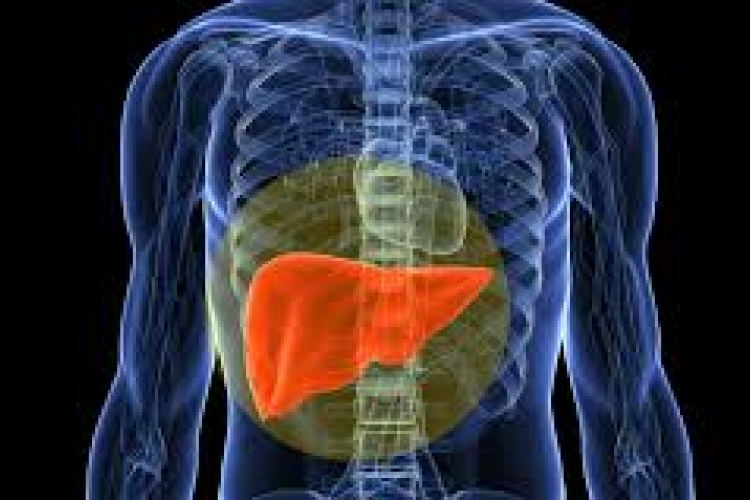National Viral Hepatitis Control Programme
With an aim to combat viral hepatitis and reduce mortality and morbidity associated with it, the Union Ministry of Health and Family Welfare has launched National Viral Hepatitis Control Programme. It was launched on the occasion of World Hepatitis Day, that is July 28. The theme for World Hepatitis Day 2018 is “Test. Treat. Hepatitis”.
About National Viral Hepatitis Control Programme:
Aim: The programme aims at both prevention and treatment of hepatitis which is among leading causes of liver cancer, cirrhosis of liver and acute liver failure.
Target: It aims to treat minimum of 3 lakh hepatitis C cases over a period of three years for eliminating deadly condition by 2030.
The programme is part of National Health Mission. Under it, expensive antiviral for hepatitis B and C infections will be made available free of cost at all government hospitals.
Treatment: It will set up and upgrade facilities for diagnosis and treatment primarily of hepatitis B and C. These designated treatment centres will provide free anti-viral to hepatitis C patients. They will also provide hepatitis B vaccine to babies born to mothers carrying the virus within 24 hours of birth.
Decentralization: The programme also aims to build capacities at national, state, district levels and sub-district level up to Primary Health Centres (PHC) and health and wellness centres to scale program till lowest level of the healthcare facility in a phased manner.
What is hepatitis?
Hepatitis is an inflammation of the liver. The condition can be self-limiting or can progress to fibrosis (scarring), cirrhosis or liver cancer. Hepatitis viruses are the most common cause of hepatitis in the world but other infections, toxic substances (e.g. alcohol, certain drugs), and autoimmune diseases can also cause hepatitis.
Types:
There are 5 main hepatitis viruses, referred to as types A, B, C, D and E. These 5 types are of greatest concern because of the burden of illness and death they cause and the potential for outbreaks and epidemic spread.
In particular, types B and C lead to chronic disease in hundreds of millions of people and, together, are the most common cause of liver cirrhosis and cancer.
Hepatitis A and E are typically caused by ingestion of contaminated food or water. Hepatitis B, C and D usually occur as a result of parenteral contact with infected body fluids.
Spread:
Common modes of transmission for these viruses include receipt of contaminated blood or blood products, invasive medical procedures using contaminated equipment and for hepatitis B transmission from mother to baby at birth, from family member to child, and also by sexual contact.
Acute infection may occur with limited or no symptoms, or may include symptoms such as jaundice (yellowing of the skin and eyes), dark urine, extreme fatigue, nausea, vomiting and abdominal pain.
Sources: pib.


 IAS -2025 Prelims Combined Mains Batch - III Starts - 14-04-2024
IAS -2025 Prelims Combined Mains Batch - III Starts - 14-04-2024